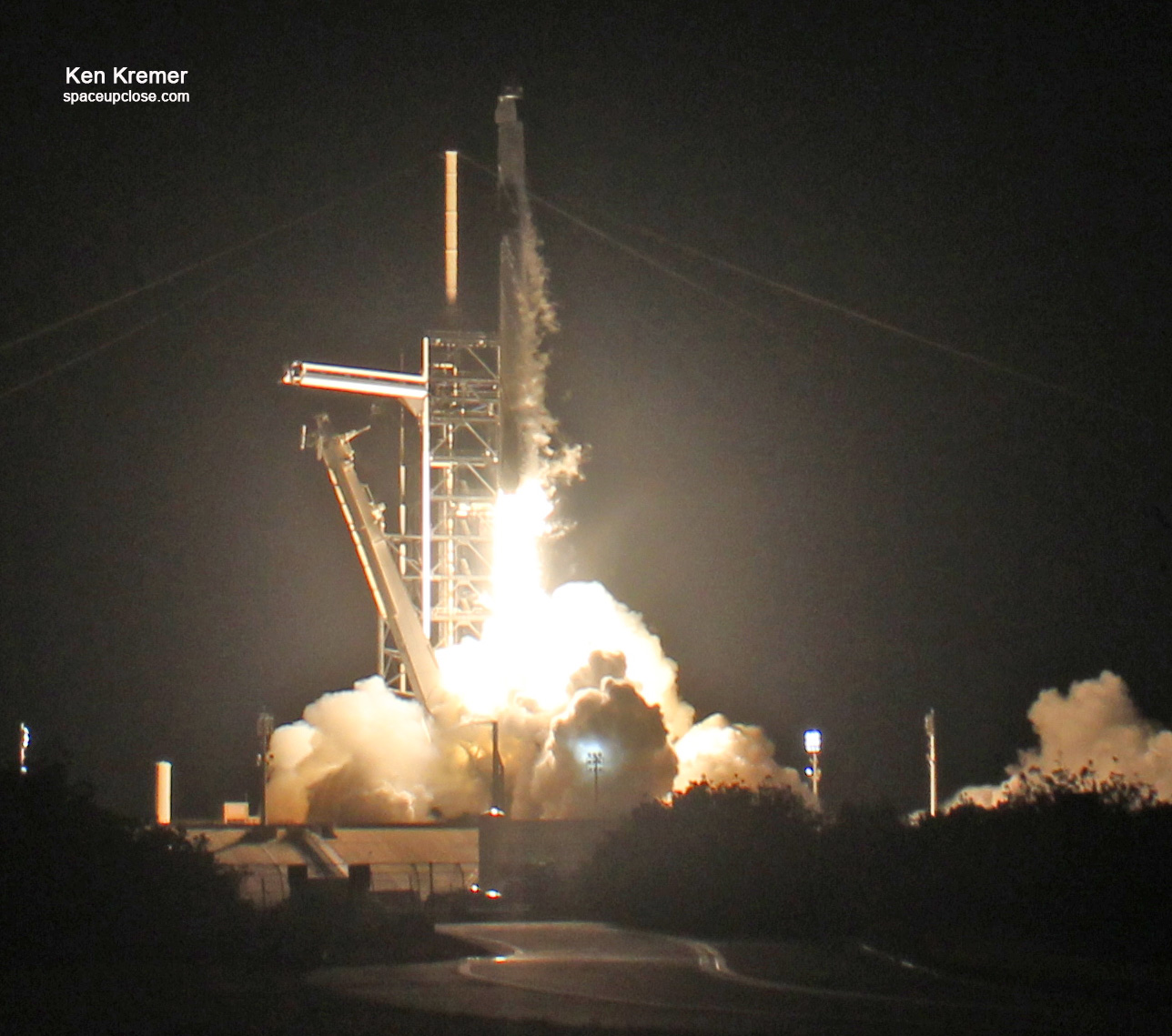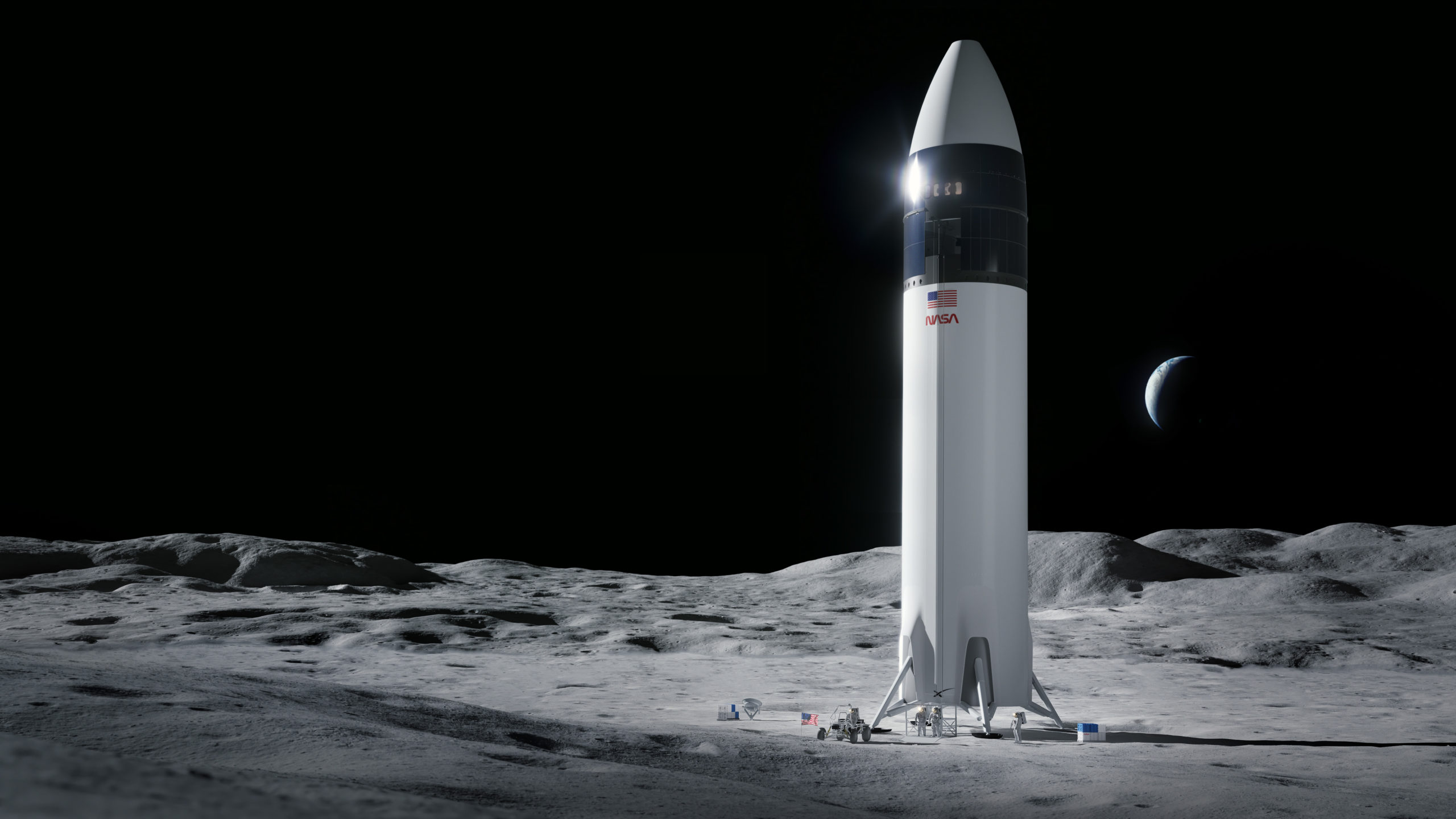
For SpaceUpClose.com & RocketSTEM
KENNEDY SPACE CENTER, FL – NASA has selected Elon Musk’s SpaceX to develop the next US human lander system (HLS) to carry out the agency’s goal of landing the next Americans astronauts on the South Pole of the Moon as soon as late 2024 under Project Artemis – they would be the first humans walking on the Moon since NASA’s Project Apollo concluded in 1972.
SpaceX thereby beat out Jeff Bezos’s Blue Origin and aerospace company Dynetics in the fierce and prestigious competition – and both firms have subsequently appealed the HLS contract award.
SpaceX submitted the lowest bid for the HLS and was awarded a firm-fixed price, milestone-based contract by NASA with the total award valued at $2.89 billion to develop a commercial lunar lander.
“With this award, NASA and our partners will complete the first crewed demonstration mission to the surface of the Moon in the 21st century as the agency takes a step forward for women’s equality and long-term deep space exploration,” said Kathy Lueders, NASA’s associate administrator for Human Explorations and Operations Mission Directorate, at a media briefing
“This critical step puts humanity on a path to sustainable lunar exploration and keeps our eyes on missions farther into the solar system, including Mars.”
.@NASA has selected @SpaceX to continue the development of its Human Landing System for the #Artemis program.
The Human Landing System will take astronauts from lunar orbit to the lunar surface and back. Read the full announcement: https://t.co/tkojemwUUr pic.twitter.com/bvOX6DQsXA
— NASA Artemis (@NASAArtemis) April 16, 2021
The SpaceX bid is based on a derivative of the Starship rocket – currently under development by SpaceX engineers for a variety of Earth and deep space human exploration projects – to land astronauts on the Moon and ascend from the surface at the conclusion of the mission
NASA has selected Starship to land the first astronauts on the lunar surface since the Apollo program! We are humbled to help @NASAArtemis usher in a new era of human space exploration → https://t.co/Qcuop33Ryz pic.twitter.com/GN9Tcfqlfp
— SpaceX (@SpaceX) April 16, 2021
The HLS award was one of the final contracts NASA needed to award under Project Artemis in order to land the next Americans on the Moon.
“Today, I’m very excited, and we are all very excited, to announce that we have awarded SpaceX to continue the development of our integrated Human Landing System,” said Lisa Watson-Morgan, NASA’s HLS program manager at the Marshall Space Flight Center.
“SpaceX’s Starship is a fully reusable launch and landing system designed for travel to the Moon and other future destinations.”
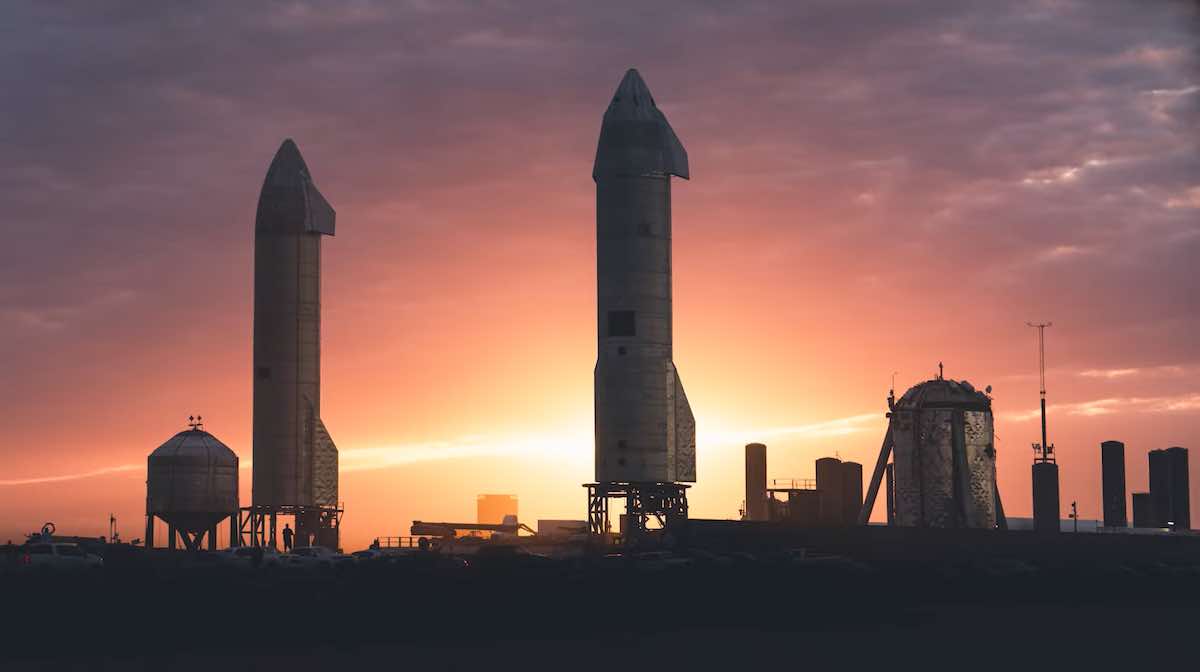
SpaceX has already been extensively testing a series of increasingly ambitious Starship prototypes powered with Raptor engines at their Boca Chica facility in Texas
NASA is already developing the mammoth Space Launch System (SLS) mega rocket to propel NASA’s Orion deep space crew spacecraft to the moon with a crew of four astronauts.
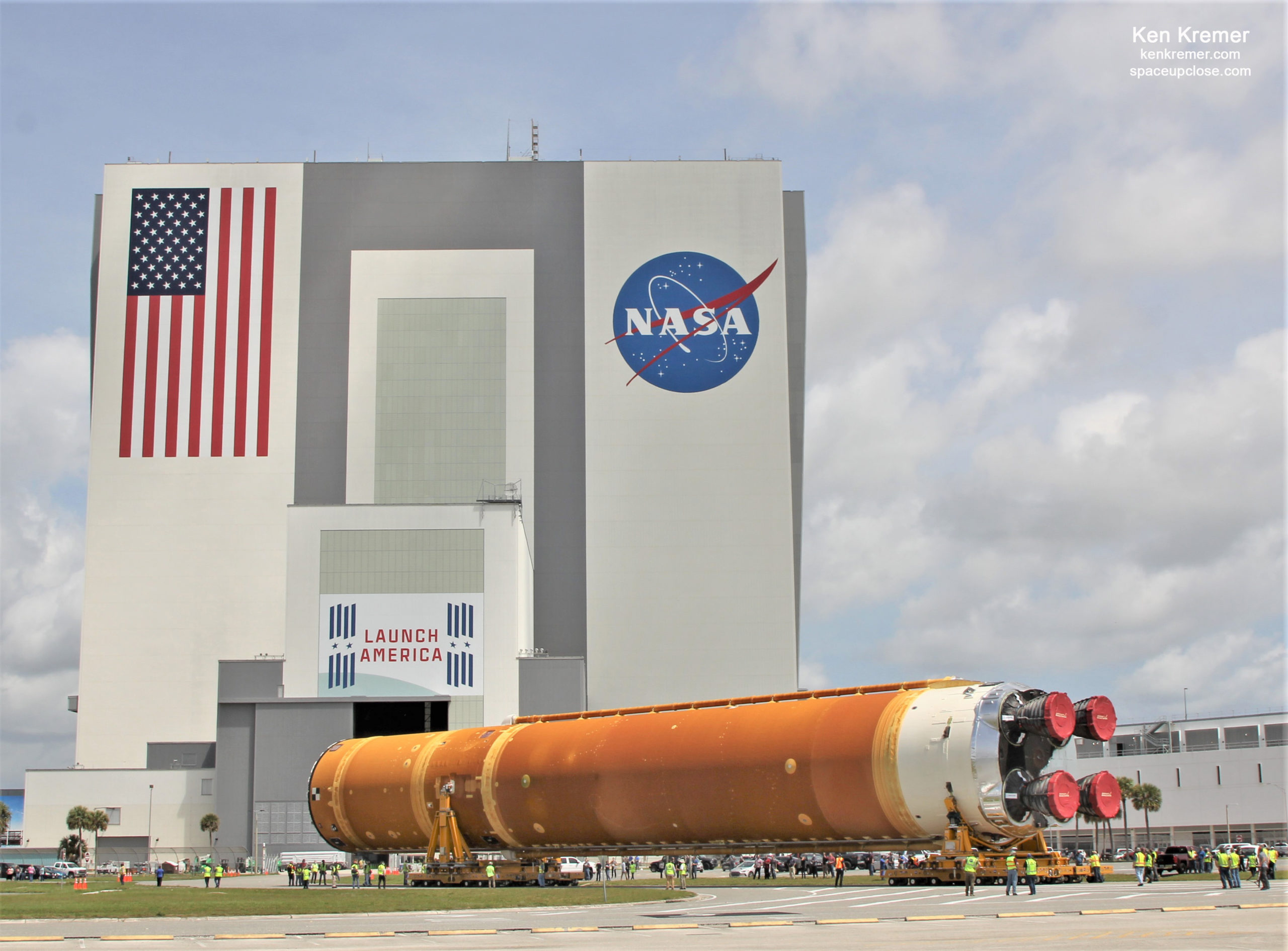
The Gateway human tended lunar orbiting outpost is also under development by NASA so that astronaut crews could dock to as a way station before descending to the lunar surface under the vision of a sustainable human presence around and on the Moon.
Astronauts will not launch to space aboard Starship
NASA says the SLS heavy lift rocket will launch a crew of four astronauts aboard the Orion spacecraft for their multi-day trip to lunar orbit. Then two crew members will transfer to the SpaceX human landing system (HLS) for the final leg of their journey to the surface of the Moon.
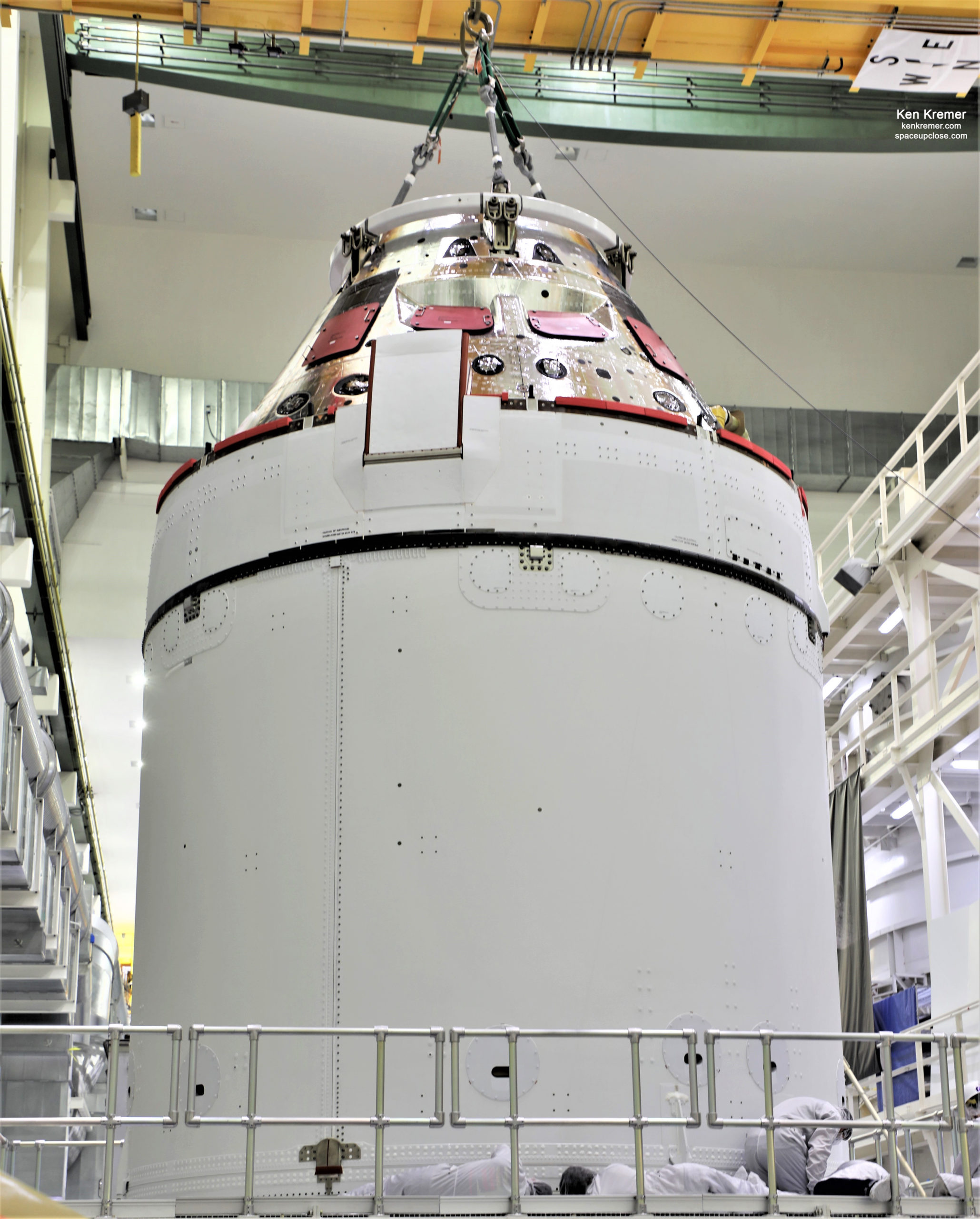
After approximately a week exploring the surface, they will board the lander and ascend off the surface to orbit where they will return to Orion before heading back to Earth.
NASA officials say they are still targeting the 1st new human landing for the Artemis 3 SLS/Orion mission launch NET late 2024.
However that 2024 landing date will be difficult – but not impossible – to achieve under the constrained fiscal environment with insufficient funds and numerous technical challenges to overcome.
The Option A contract covers development of a crewed lunar lander as well as an uncrewed precursor demonstration lunar landing mission followed by a crewed lunar landing, announced Lueders, at the media briefing.
The HLS award was one of the final contracts NASA needed to award under Project Artemis in order to land the next Americans on the Moon.
“We weighed a lot of things, including what we’re getting from the demonstration mission, what we want for our potential future procurement for our sustainable landers, and it was in NASA’s best interest, along with the budget that was there, for us to award to one,” added Lueders.
“It’s a single stage crewed landing system. It utilizes Earth orbit refueling of liquid oxygen and liquid methane propellants. The system leans on the company’s flight heritage of Dragon and Falcon vehicles. Starship includes a spacious cabin and two airlocks with a great deal of space for our crew, as well as additional payload capability that will permit us to take experiments to the moon, and return samples back, and do all the important science that we want to do on this mission,” explained Watson-Morgan
Both Blue Origin with its National Team proposal that also included Northrop Grumman, Lockheed Martin and Draper and Dynetics submitted much higher bids for the human lander.
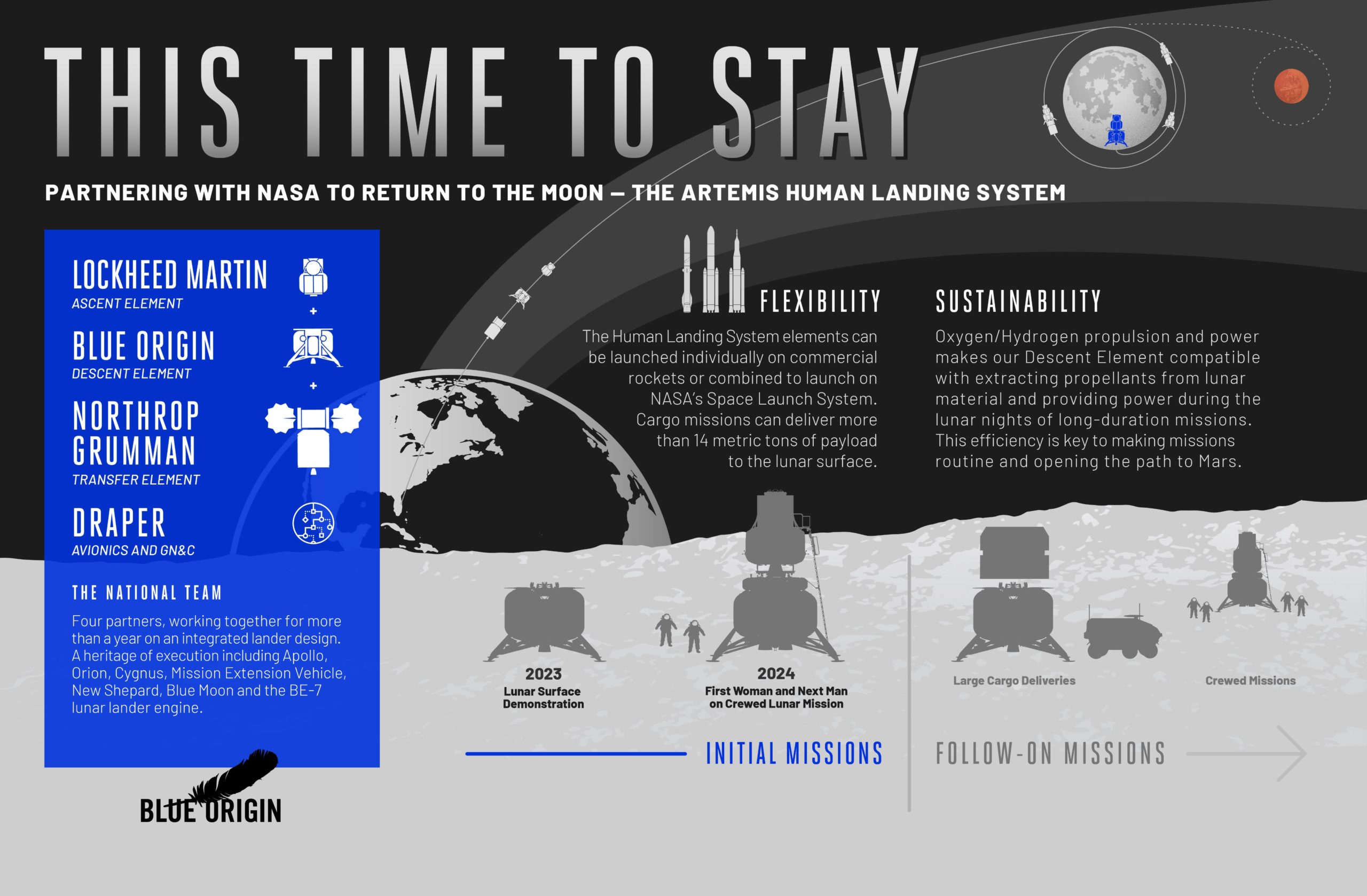
Given that the US Congress has not provided NASA with sufficient funds to develop the human lunar lander NASA apparently only had enough Federal dollars to fund a single lander proposal going forward.
NASA only received $850 million for the HLS program in fiscal year 2021, or about one-fourth its original request of over $3 Billion. Furthermore the new NASA FY 2022 budget from President Biden only requests about 1 Billion for HLS.
Blue Origin’s bid was rated second-highest in NASA’s procurement process, according to the source selection document. The bid was reported to be in excess of $6 Billion.
“I do not have enough funding available to even attempt to negotiate a price from Blue Origin that could potentially enable a contract award,” Lueders wrote in the source selection document.
As a result of the twin protests by Blue Origin and Dynetics, NASA has had to issue a stop work order to SpaceX.
SpaceX has also won other significant and lucrative contract awards from NASA for the Artemis program including the uncrewed resupply contract for the Gateway mini lunar space station using the Dragon XL cargo variant vehicle as well as the contract to launch the first two elements of Gateway on the firms Falcon Heavy rocket.
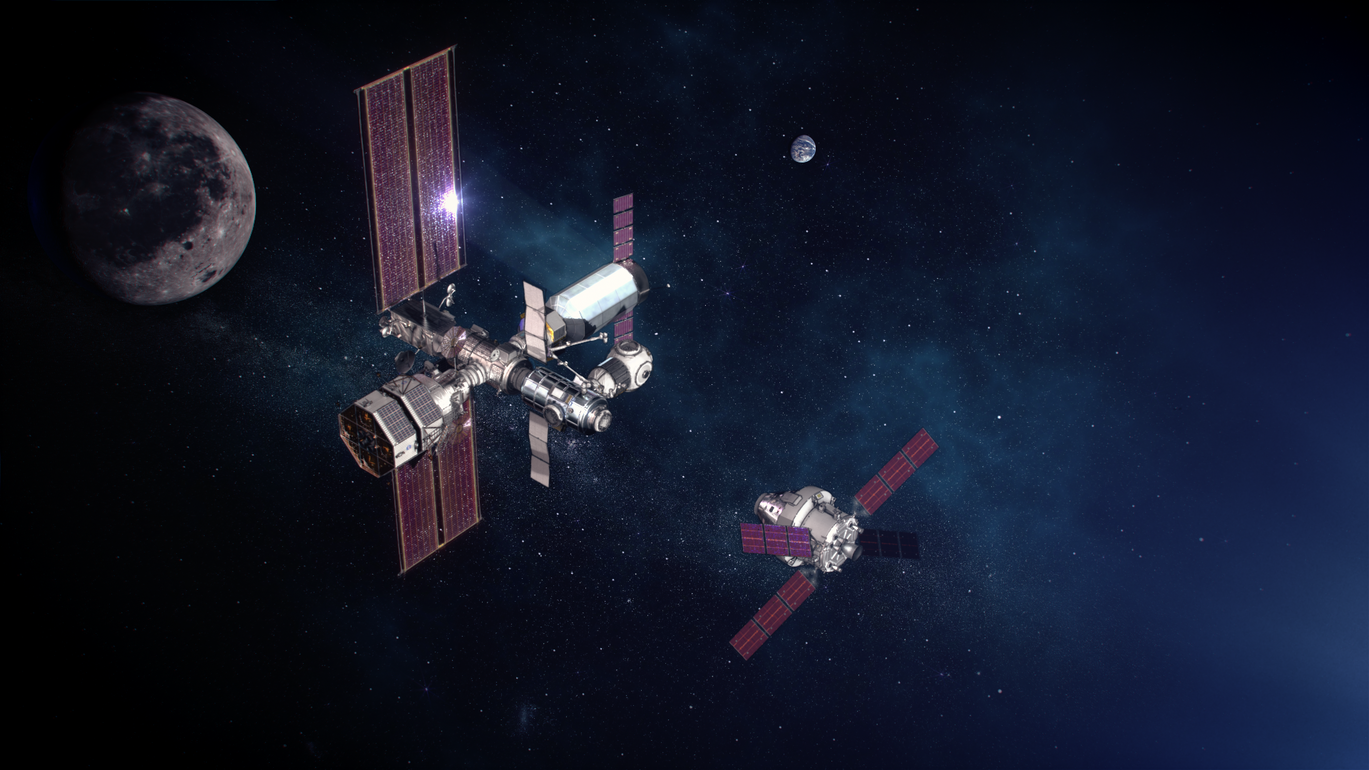
Starship includes a spacious cabin and two airlocks for astronaut moonwalks, says NASA.
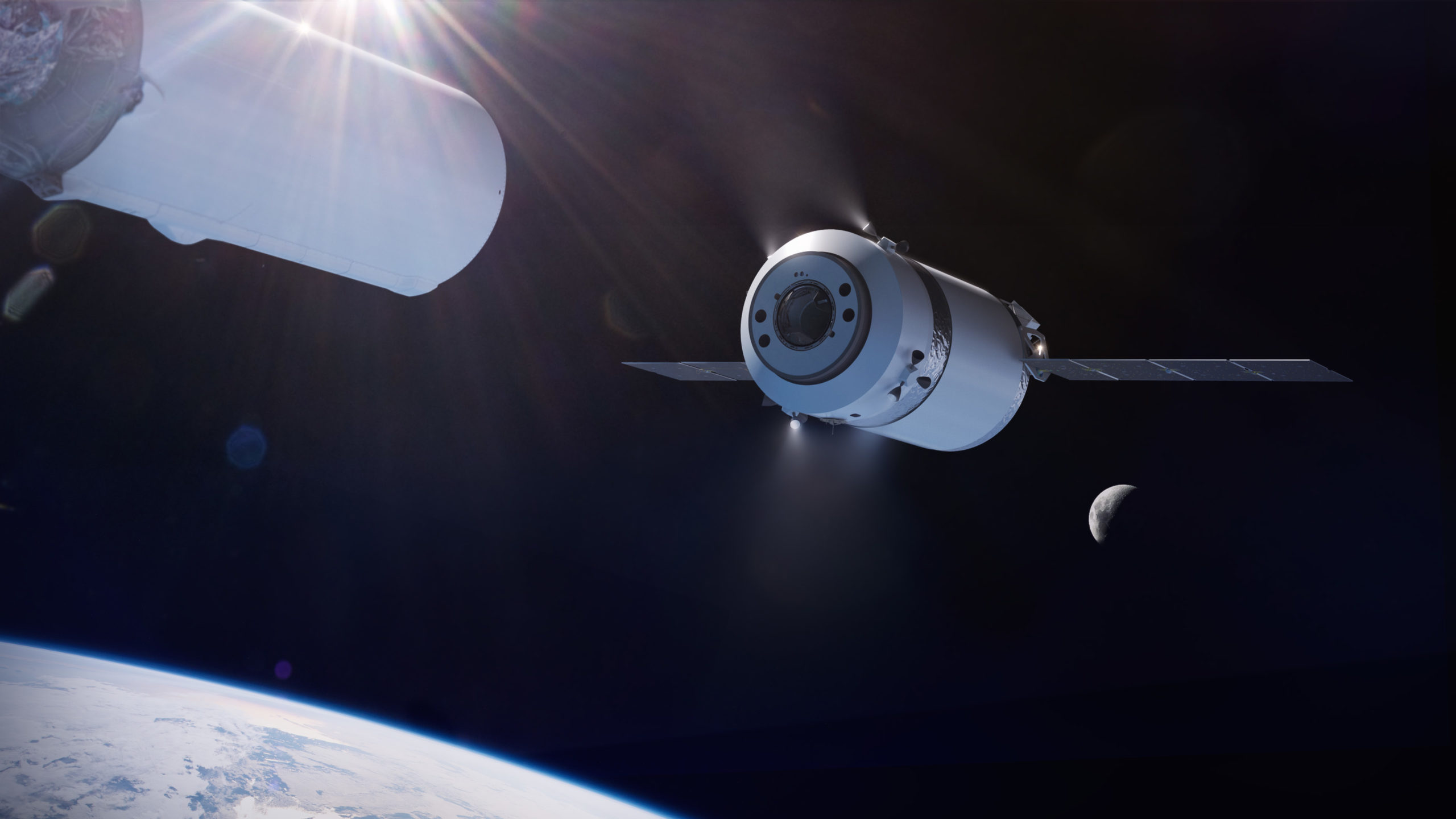
The Starship architecture is intended to evolve to a fully reusable launch and landing system designed for travel to the Moon, Mars, and other destinations.
The HLS award is made under the Next Space Technologies for Exploration Partnerships (NextSTEP-2) Appendix H Broad Agency Announcement (BAA).
Watch my live SpaceX Crew-2 post launch interview on ‘The Donlan Report’ on News Nation Cable News about Artemis and the significance of the NASA SpaceX Crew 2 launch to ISS launch, Commercial Space, Mars rover/helicopter, the future of space travel and Elon Musk’s plan to build a city on Mars.
https://twitter.com/TheDonlonReport/status/1385993184078176263
Watch Ken’s continuing reports about Artemis and NASA missions, SLS, Orion, SpaceX, Starlink, Commercial Crew and Starliner and Crew Dragon and onsite for live reporting of upcoming and recent SpaceX and ULA launches including Crew 1 & 2, Demo-2, ISS, X-37B, Solar Orbiter, Mars 2020 Perseverance and Curiosity rovers, NRO spysats and national security missions and more at the Kennedy Space Center and Cape Canaveral Space Force Station.
Stay tuned here for Ken’s continuing Earth and Planetary science and human spaceflight news: www.kenkremer.com –www.spaceupclose.com – twitter @ken_kremer – email: ken at kenkremer.com
Dr. Kremer is a research scientist and journalist based in the KSC area, active in outreach and interviewed regularly on TV and radio about space topics.
………….
Ken’s photos are for sale and he is available for lectures and outreach events
Please consider supporting Ken’s work by purchasing his photos and/or donating at Patreon:
https://www.patreon.com/kenkremer

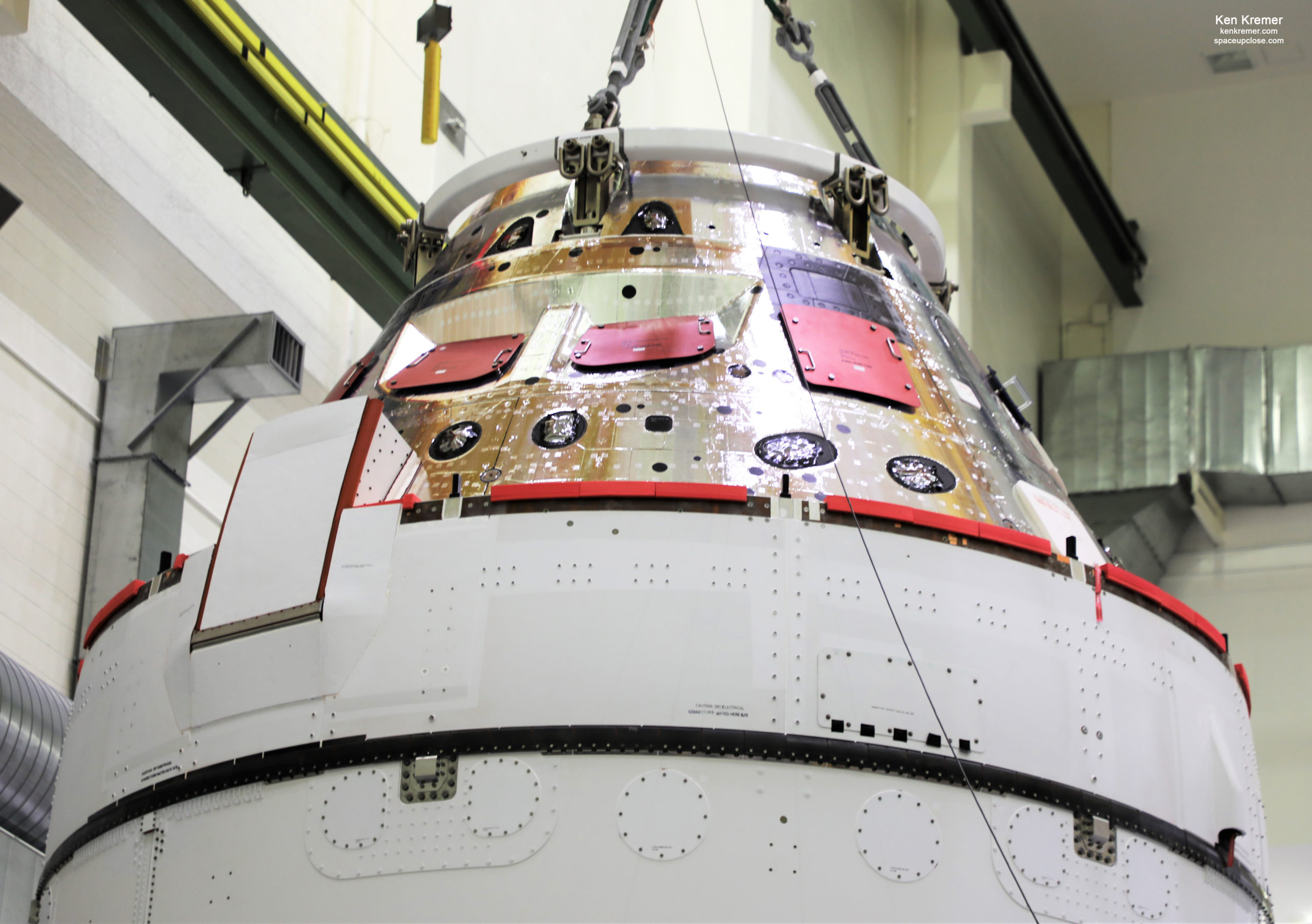
x


